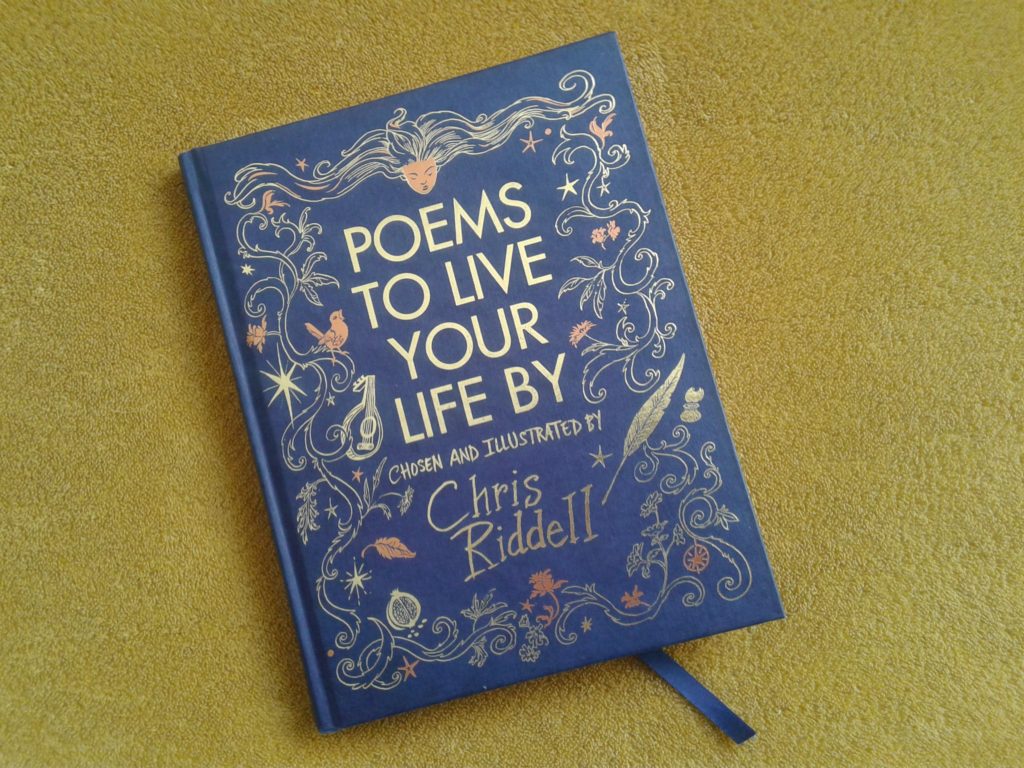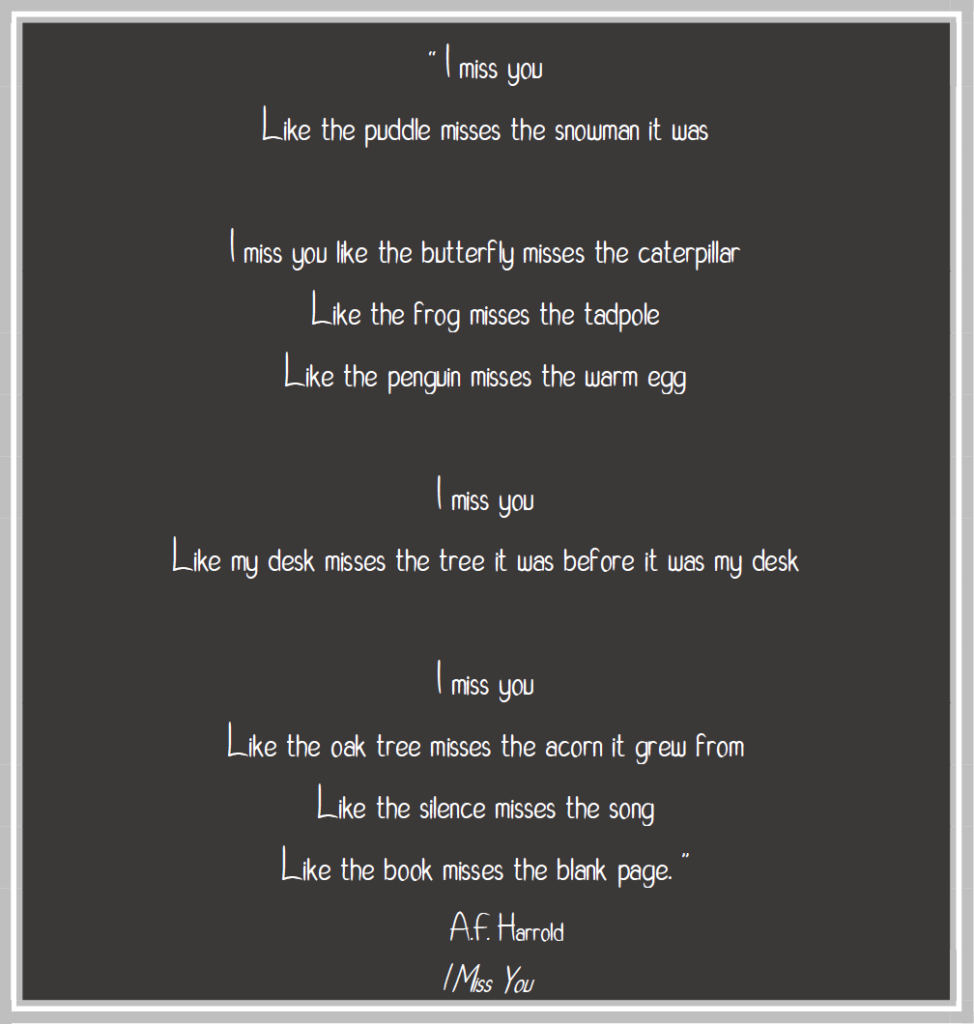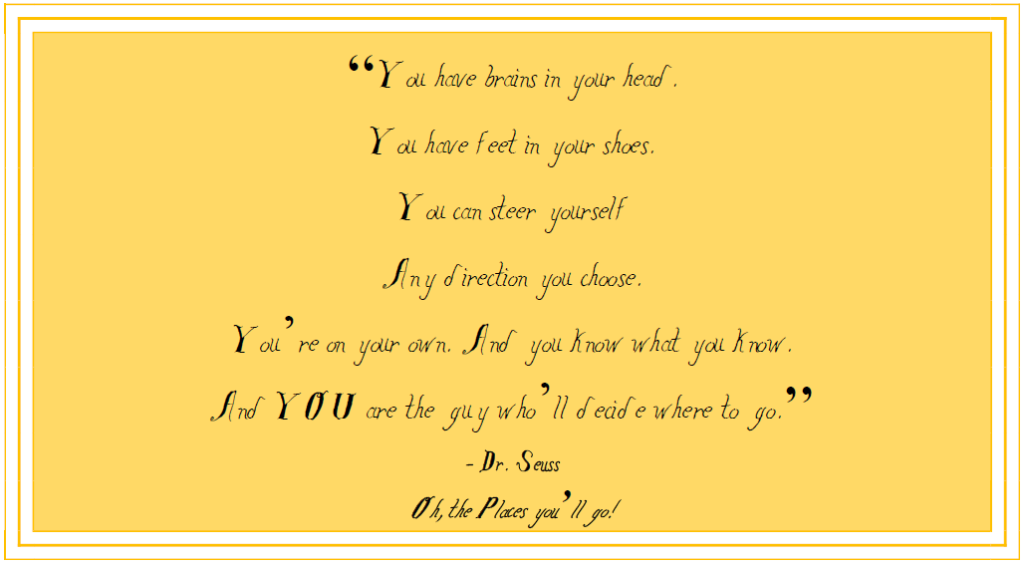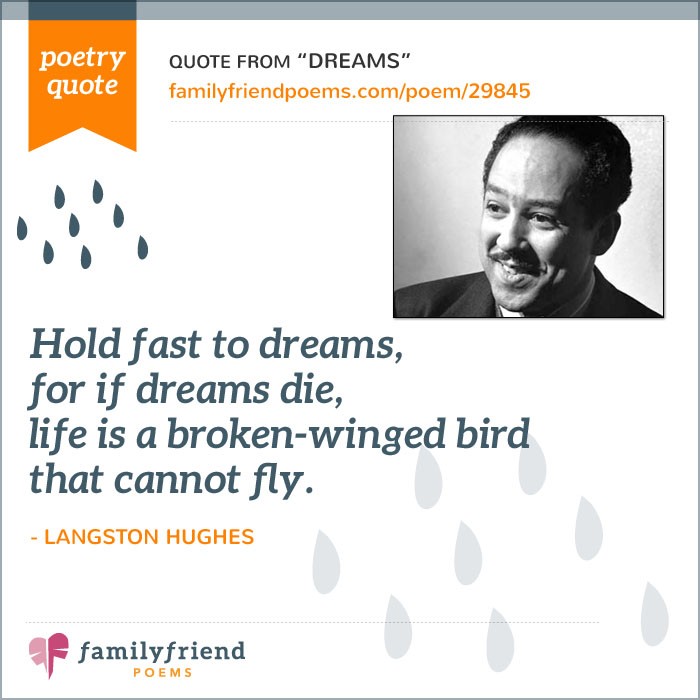
The 21st of March is World Poetry Day. For centuries, the 15th of October, which is regarded as the birthday of legendary Latin poet, Virgil, has been commemorated as the annual celebration of the art of poetry. In 1999, during a congress held by UNESCO (United Nations Educational Scientific and Cultural Organization) in Paris, it was decided to observe 21 March as the official World Poetry Day, every year.
Here are the main objectives of proclaiming a World Poetry Day: 1
- Supporting and encouraging language diversity through poetic expression.
- Providing endangered languages the opportunity to be heard and preserved.
- Promoting a return to the oral tradition of poetry delivery.
- Promoting the awareness and teaching of poetry.
- Reinforcing the relationship between poetry and other arts such as music, theatre, and visual arts.
- Creating support for publishers and poets and keeping the image of poetry renewed.
Have you ever wanted to get better acquainted with poetry, but do not know where to start? Or felt overwhelmed by all the intricate poems that you can make no sense whatsoever of? The answer is to start as children do: simple. In this blog post, I shall be sharing ways to use poetry in your life and suggest a few handy poetry books to fire up your interests.
Even before I realised that World Poetry Day was coming up, I was hoping to include a charming little poetry book in one of my blog posts: Poems to Live your Life by. It was released in October of 2018 and, on top of the lovely poetry inside, it has a whimsical hardcover design which makes it a great choice for a gift or some coffee table reading material.
Poems to Live your Life by is a collection of poetry that is compiled and beautifully illustrated by Chris Riddell. It contains 48 poems from different genres and walks of life by classic poets such as Christina Rossetti, John Keats and William Shakespeare, as well as contemporary authors such as Nick Cave and Neil Gaiman. Poems in this collection cover themes from every-day life such as family, nature, youth and death. Some poems are deep and serious, some are light-hearted and humourous, some are silly and some are passionate! The drawings by Riddell add a new depth to the reading of the poems and will have you looking at the pictures just as much as the words! Riddell’s illustrations have become somewhat iconic of children’s fantasy fiction literature and are characterized by their vast amount of details and their make-believe qualities which manage to be cute, imaginative and elegant all at the same time. To get a glimpse of his drawings, visit his profile on Alchetron here.
To give you a taste of what to expect in Poems to Live your Life by, here is an excerpt of one of my new favourite poems, written by A.F. Harrold:

If you are not well acquainted with classic (or any kind of) poetry and would like to make poems part of your reading habits, Poems to Live your Life by is a great place to start. Although the cover of this book might seem somewhat like a children’s book, the poems contained in it are surprisingly profound and will most likely appeal more to adults than children.
Should you feel that 48 poems are not nearly enough to get you clued up, the same publisher (Pan Macmillan) of Poems to Live your Life by has released two wonderful collections of poems, in the Octobers of 2017 and 2016: A Poem for Every Day of the Year and A Poem for Every Night of the Year. The names of these two books are pretty self-explanatory, but I might add that the 366 poems contained in each volume were cleverly picked to fit the phases of the year. For example, on the 25th of December you will get to read a Christmas poem and on the 1st of January an inspirational poem for the new year. Interesting tidbits about the day, poem or poet are included in each reading. Although these two books do not contain many illustrations, they do have beautifully designed covers and will make gorgeous gifts for language lovers.
Although I’ve read hundreds of fiction books in my life, I used to be very hesitant to buy or read poetry books, as I never felt quite sure how to use them. So, if you can relate to this, here are a few ideas for you to put poetry books to good use in your life:
1. Read it!
Poetry is often described as art made with words. You might find yourself surprised at how pleasing the mere sounds created by poetry can be! Similar to music, poems have rhythm and patterns of sounds which can be exciting or soothing to the ear and make you fall in love with language! Also, poetry is useful to coax yourself into getting in touch with your feelings – or gaining more understanding for other’s feelings. If you are going through an emotional crisis – perhaps the loss of a loved one or depression, but are having trouble to make others understand what you feel, poems can be helpful. When you find a poem that rightly describes how you feel, why not share that poem with those close to you to help them better grasp what you are experiencing?
2. Read it with your children as a bedtime story.
Language experts often believe that a love for poetry is kindled as a child and is much harder to develop when one is older. Not only that, but some go as far as to believe that children’s poems are what keeps poetry alive. After all, it seems to be not only better understood, but also better enjoyed!

Reading poems can be a great substitute for bedtime stories, It is also a great way to get your child to reflect on emotions or to tickle their funny bones after a difficult day at school! In young children (up to the age of about 12 or 13), there are still various processes of language development taking place and this is the ideal stage to make them aware of the rhythm and nuances that are found in language. If these poems can be sung, even better! Studies have shown strong connections between language and music development and according to some, “the further removed a feature of language is from music, the later it is learned,” which would “seem to put poetry, the most musical of the language-based arts, in the catbird’s seat.” 2
There is a multitude of wonderful children’s poetry available and I encourage you to explore as widely as you can at your local library or bookstore. But, in case you feel overwhelmed, here are five delightful poets to start off with:
Dr. Seuss
The famous Dr. Seuss needs no introduction. He has written a vast number of children’s books, most of which are in poetry form and suitable for a wide range of ages. Not only are his poems cheerful and humourous, but they also convey nuggets of wisdom and sound life lessons. I truly believe all children (and adults, for that matter) should read a substantial portion of Dr. Seuss. A lovely compilation of his stories and poems is available as a publication titled Your Favorite Seuss, but if you prefer to start with a smaller sample of his poetry, I recommend Oh, the Places you’ll go!

Shel Silverstein
Although Silverstein had a somewhat controversial career, he is probably best remembered for his poetry for children. His works are suitable for young children and are usually enjoyed by children up to about eight years (and their parents). His most beloved collections are Where the Sidewalk Ends, A Light in the Attic and Runny Babbit. Silverstein had also illustrated all of his books himself.

Roald Dahl
Dahl’s delightfully funny and story-like poems are ideal for bedtime reads. Although they are intended for young children, they seem to be enjoyed by all age groups. Revolting Rhymes and Vile Verses are both packed with entertaining poems, both with delightful illustrations. Although humourous, his poems can be somewhat unconventional and include the occasional chopping off of heads or eating of bugs, so this might be less popular with squeamish or sensitive readers (or parents).

Edward Lear
Edward Lear, unofficially known as the father of nonsense poetry, had written a vast collection of humourous rhyming poems. His works are somewhat eccentric and not everybody’s cup of tea, but you should at least do yourself the favour of reading a dozen or two of his limericks. Not only will these make young poetry lovers giggle, but they are great to use as art prompts for children. Although these poems are very entertaining and catchy, some contain slightly advanced vocabulary and over-the-top calamities, so they might not work well with very young or sensitive children. There are numerous versions available of his A Book of Nonsense and More Nonsense and some of his well-loved poems have been published as separate books, such as The Owl and the Pussy Cat and An Edward Lear Alphabet.

Chris Harris
Chris Harris is relatively new on the poetry scene and has released his first, and only (thus far), collection in 2017. His book, I’m just no good at Rhyming, have been rapidly gaining popularity since then and contains a variety of light-hearted and silly poetry which seems to be enjoyed by children from about four to ten years of age.

3. Use a poem to make or write your own greeting card.
If you are looking for poems for specific occasions or on certain themes, the website Family Friend Poems has a large collection of poems for users to browse. They are arranged according to theme and you can search for poems by either famous or lesser-known poets. To browse the collection of famous poems, follow this link. Besides finding fitting poems for certain occasions, this website is ideal for poetry lovers, as it allows you to create a profile and save favourite poems, build collections of poems or create quotation images such as this one:

Whenever quoting a poem on any item or in any document, make sure to always include the author’s name!
Another useful website for making cards is Poemsource which contains poems that are written especially for use in greeting cards and are arranged by theme or occasion. These are intended for personal use only, therefore you cannot sell items with these poems on them. Also, make sure that it is only in written or printed form (no electronic distribution) and that you include the author’s name and the Poemsource website address!
4. Use it as an art prompt.
Poetry are great inspirations for visual arts and can be used to inspire drawings, paintings, sculptures or even needle work! When I was in first grade, our teacher used to give us these draw-what-happens exercises to do for when we had spare time in the classroom. For me, they were more like treats than work and I still remember how special it felt to make those simple, funny stories come alive with a few coloured pencils. You don’t have to create everything that happens in the poem, but try drawing what you love from it – the beautiful landscape or colourful flowers or singing birds.
5. Decorate an item with words from your favourite poem book.
It can be much more inspirational and meaningful than mere words or pictures. Once again, remember to always include the author’s name and to check the poem’s copyright status before selling any items on which you have quoted poems.
6. Use poems as ice-breaker games or conversation prompts at meet-and-greet events.
The more entertaining or “random” the poems are, the more effective they are likely to be for such games! You can make up your own game to suit your needs or audience, but here are some ideas to get you started:
- Read a short poem. Let each member choose a word from the poem to share an experience from his or her own life that relates to that word. To make it even more interesting, let members choose words for each other to share experiences about, rather than choose themselves.
- Have a few (or at least two) books of poetry and let players create a story. Start by quoting one line or sentence of poetry. The following player, or team, must then continue the story by following that quote with a line or sentence quoted from another poem. You can either let two players/teams work together on a story to see who can keep going the longest, or let each team create their own story and choose a winner.
- Poems are also useful for improvisation prompts. Create teams in which one person reads the poem and the other players have to act it out as best as they can. Make sure to choose a humorous poem if your goal is to use this as a warm-up exercise or ice-breaker!
7. Turn a poem into a play or drama item.
Narrative poems are enjoyable to listen to and even more fun to perform! Even non-humorous poems can be wonderful texts for the stage – just think of The Lady of Shallot (Alfred, Lord Tennyson), The Ring and the Book (Robert Browning) or The Hunting of the Snark (Lewis Carroll).
I hope that this post got you in to mood to open a book of poetry! Do you have any nifty uses for your favourite poetry books that other readers might enjoy? Leave a comment below to let me know! Happy World Poetry Day!
1. United Nations. ‘World Poetry Day: 21 March.’ http://www.un.org/en/events/poetryday/
2. Orr, David. 2017. ‘When did poetry speak to us? When we were very young.’ https://www.nytimes.com/2017/12/01/books/review/poetry-children.html
